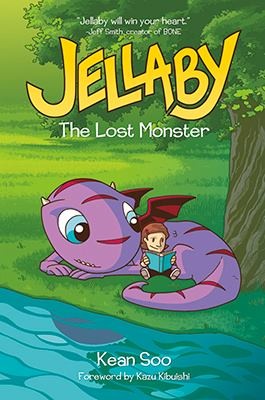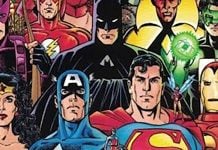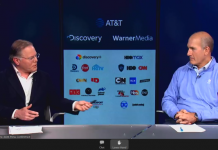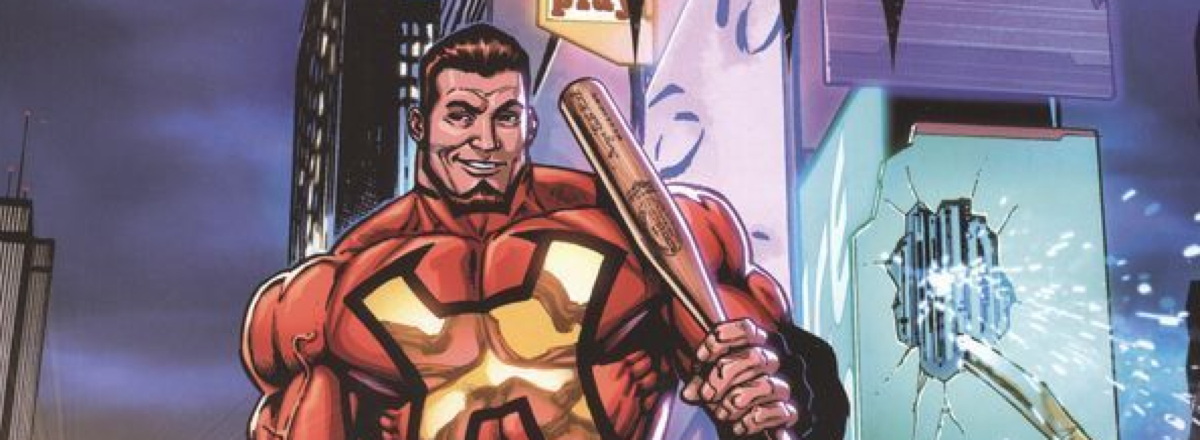A couple of years ago I wrote about Kean Soo’s Jellaby going out of print from Hyperion, despite a second volume still being available. It was emblematic of what happened to many of the cartoonists signed up by big book houses in the early days of the graphic novel gold rush: the books were misunderstood, the P&L was all on the losing side, and books got dropped and ignored left and right.
Soo wasn’t the only cartoonist caught up in the game of misplaced hopes. Jill Thompson’s brilliant Magic Trixie was totally ignored when it came out from HarperCollins, and Hope Larson’s books have taken their lumps as well.
Well, here’s some good news for Jellaby, Soo’s charming fantasy comic about a young girl who befriends a monster who lives behind her house. Capstone for Young readers is picking it up and releasing it in early 2014. The new edition will have a new cover and a forward by Kazu Kibuishi, who originally published Jellaby in the pages of Flight.
What’s changed since 2010? For one thing, publishers understand graphic novels a lot better now. Capstone has been publishing kids GNs for a long time, mostly in the licensed arena, but they know what sales goals are realistic and understand the unique nature of selling GNs. Also, there have been enough sales successes—Smile, Kibuishi’s Amulet, Avatar and so on—that kids comics are much better understood in bookstores and the educational and library markets. A great kids book is a perennial that sells and sells and sells and what publisher wouldn’t want to make money without doing any work. We’ve come a long way since Persepolis put graphic novels on the minds of publishing houses everywhere, and it’s encouraging that Jellaby can be brought back under the right circumstances.
And to any publishers reading this, Magic Trixie is just sitting there waiting to be repackaged, too, hint, hint, hint.









Yay! I love Jellaby! Capstone is doing a great thing here.
I’m nursing my copies of Magic Trixie in my school library collection, so it would definitely be nice to see those republished. Come on, publishers!
HEY! Magic Trixie is still in print!
—
Persepolis?
Well, it was Pokemon which saved the American comics industry.
Computerized bookstores were able to track sales readily, and noticed manga titles selling. So stores increased shelf-footage for manga and graphic novels.
Librarians knew what teens like to read, and began stocking GNs in the libraries. 2002 is the landmark, when Doran, Gaiman, Spiegelman, and Smith attended a librarian pre-conference on graphic novels and libraries. But that’s TEEN. Adult and kids’ sections in libraries had fewer graphic novels. The cool stuff was in YA.
Lessee… when did Pantheon relaunch their comics line? (Hobbled when the editor left for HarperCollins, taking Matt Groening along with.)
2000. Persepolis (U.S.) was 2003.
Over in kids, it was a bit different.
Random House adapted Mark Crilley’s Akiko to prose in 2001 with a strong marketing push.
Disney purchases CrossGen and tries the same thing with Abadazad in 2006.
Lerner and Capstone did have some educational titles the the 2002 BookExpo (the first with a GN pavillion, coinciding with the first FCBD and the release of Spider-Man). Neither really knew how to make a comic, and the books were kinda retched.
Scholastic started their Graphix imprint with the colorized Bone, circa 2005.
Papercutz started in 2005, with Nancy Drew, Zorro, and Hardy Boys.
First Second premiered in 2006, and although their first season wasn’t spectacular, the second season had American Born Chinese, and that went on to be a National Book Award finalist for YA fiction (competing against ALL such novels), as well as winning the Printz Award (the YA equivalent of the Newbery medal). As part of Macmillan, they have also helped midwife titles from other imprints.
Abrams launched Wimpy Kid in 2007.
Young Adult librarians begin their “Great Graphic Novels for Teens” list in 2007.
Toon Books launched in 2008 (with the Little Lit series being published from 2000-2006).
2010, numerous graphic novels win “regular” book awards from the American Library Association.
DC, Gemstone, and Marvel tried to enter this segment with digest sized reprints. but had little success.
Bestsellers:
https://www.comicsbeat.com/analysis-new-york-times-bestsellers-graphic-books-trade-paperbacks-2012/
15 of the 53 #1 bestsellers in 2012 were kids books!
I LOVE Jellaby! It’s one of my biggest influences in my nascent comics work.
Great news!
Comments are closed.